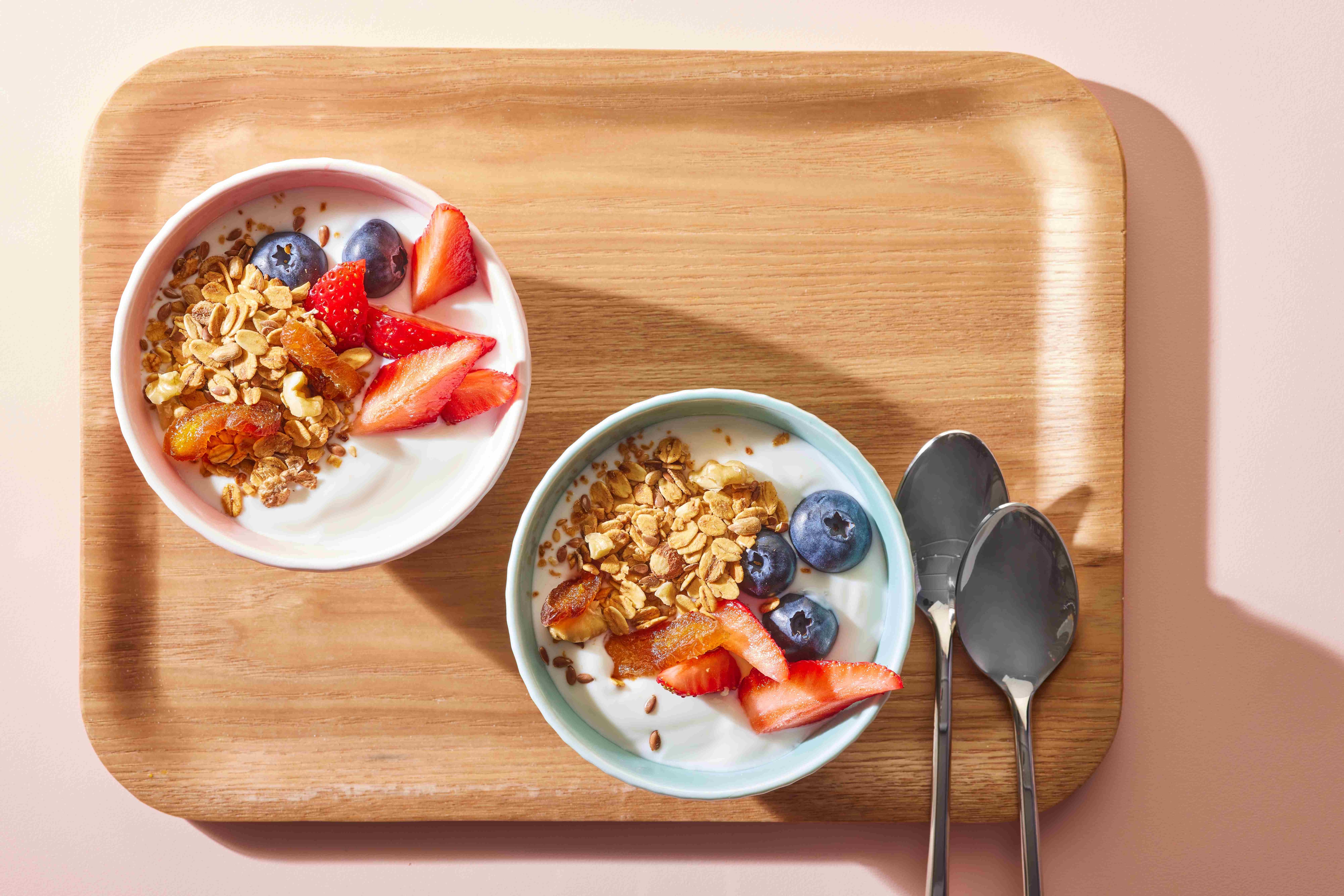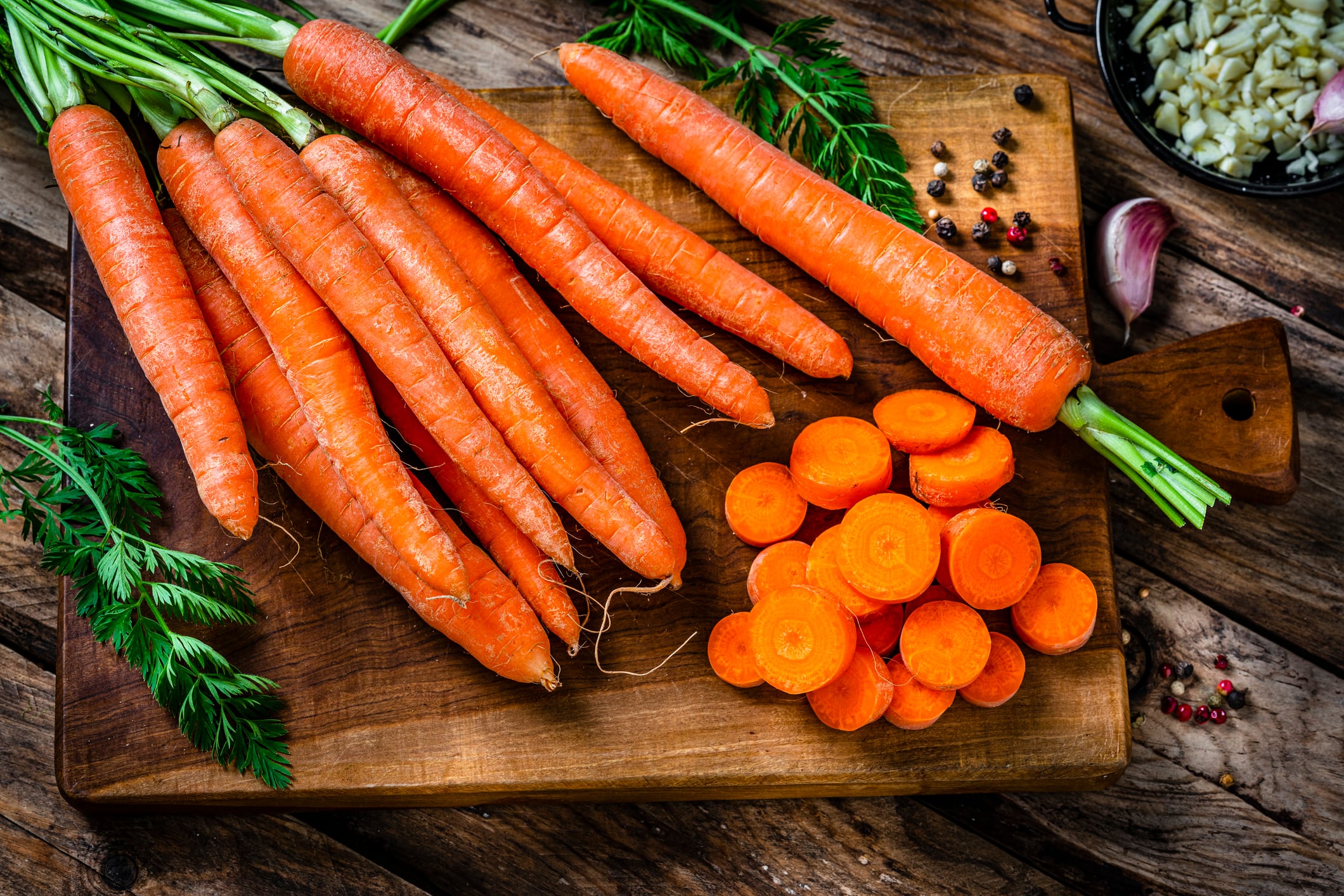Once primarily used for bulking or digestive claims, fiber is now at the center of product innovation – especially as manufacturers seek cleaner alternatives to sugar and fat to support consumers navigating GLP-1 therapies or shifting toward smaller, more nutrient-dense meals.
Fiber ranks as the second most sought-after functional ingredient by consumers, after protein, according to Innova Market Insights. In response, companies are expanding beyond legacy prebiotics like chicory root to explore new fiber combinations and plant-based sources that offer broader functional and nutritional benefits.
CarobWay launches carob prebiotic fiber
Ingredient startup CarobWay GmbH introduced CarobBiome, a prebiotic fiber derived from the popular Mediterranean fruit, carob, during IFT’s Food Improved by Research, Science and Technology (FIRST) event last month.
CarobBiome supports manufacturers product formulations for gut health, satiety and the growing impact of GLP-1 medications, according to CarobWay’s CEO and Co-founder Udi Alroy.
CarobBiome’s total fiber content is approximately 85% and contains both soluble fibers – which support microbiome modulation and short-chain fatty acid (SCFA) production – and insoluble fibers, which contribute to gut motility and reduce digestive discomfort, according to CarobWay. The soluble and insoluble fiber blend is designed to avoid the bloating or gas often associated with prebiotic fibers such as inulin, explained Alroy.
“It calms the microbiome,” Alroy said. “People with gut health issues like IBS and IBD historically are using and eating natural carob itself.”
CarobBiome is produced through minimal processing, using hot water and low-temperature drying, according to the company. This approach retains carob’s polyphenols and other bioactive compounds, resulting in a heat stable, neutral flavored powder that is compatible with a range of applications for a “smooth sensory experience,” he added.
Potential applications for CarobBiome include:
- Snack bars and baked goods
- Powdered beverage mixes
- Meal replacements and shakes
- Confectionery applications
Clean label across applications
Due to the natural fibers in carob, CarobBiome is intended for use in gut health, metabolic health and weight management applications, with “excellent digestive tolerance,” Alroy said.
“We found that the prebiotic of the carob also supports lowering the gastrointestinal” system in addition to promoting satiety, he added.
Soluble fiber has been shown in other contexts to slow digestion and contribute to satiety, while SCFAs produced through fermentation of prebiotics have been linked to GLP-1 stimulation, which is correlated with blood sugar regulation and appetite control, according to research.
The fiber can be labeled as either carob powder or carob fibers, depending on the application and positioning. While carob is not yet widely recognized in the US as a fiber source, Alroy noted that feedback from IFT attendees was positive.
Product developers “would love to have a new prebiotic, just because it’s new, and if it’s science-based, even better,” he added.
Zero-waste processing
CarobBiome is sourced from upcycled carob pulp and supports a zero-waste processing model, according to the company. Carob trees are drought-tolerant, require minimal agricultural inputs and can grow on non-arable land. CarobWay cultivates its own carob groves and uses precision agriculture techniques to efficiently grow the plant in arid environments, Alroy said.
Join FoodNavigator for the Climate Smart broadcast on Sept. 16
From by-products to breakthroughs, Climate Smart's session on Circular Processing explores how food a nd beverage manufacturers can reduce waste, lower emissions and unlock new revenue by rethinking how ingredients are sourced, processed and reused. With insight from global brands, pioneering researchers and circular economy experts, you’ll discover how smart systems and tech-led innovation are reshaping what’s possible on the factory floor. Attendance is free with registration, sign up here. Check out the full program here.
Topics include:
- Heineken UK on cutting waste from orchard to cider mill
- Upcycling citrus and berry waste – a new breakthrough in action
- Meet the start-ups creating value from food side streams
- Inside the Upcycled Food Association – with Amanda Oenbring
- How AI is driving greener, smarter food systems
“It can grow in desert, use very little water, no pesticides, use very little labor” and the company uses “about 10% of the water annually” compared to conventional cultivation, he added.
Most of the global carob crop today is used for animal feed or as a source of seed-based food thickeners, Alroy said. CarobWay’s model is to shift the crop’s use toward scientifically-backed human nutrition, supported by preclinical studies now underway, he added.
The ingredient is scheduled for commercial launch in early 2026, beginning in North America, with plans to expand into European markets shortly after.




